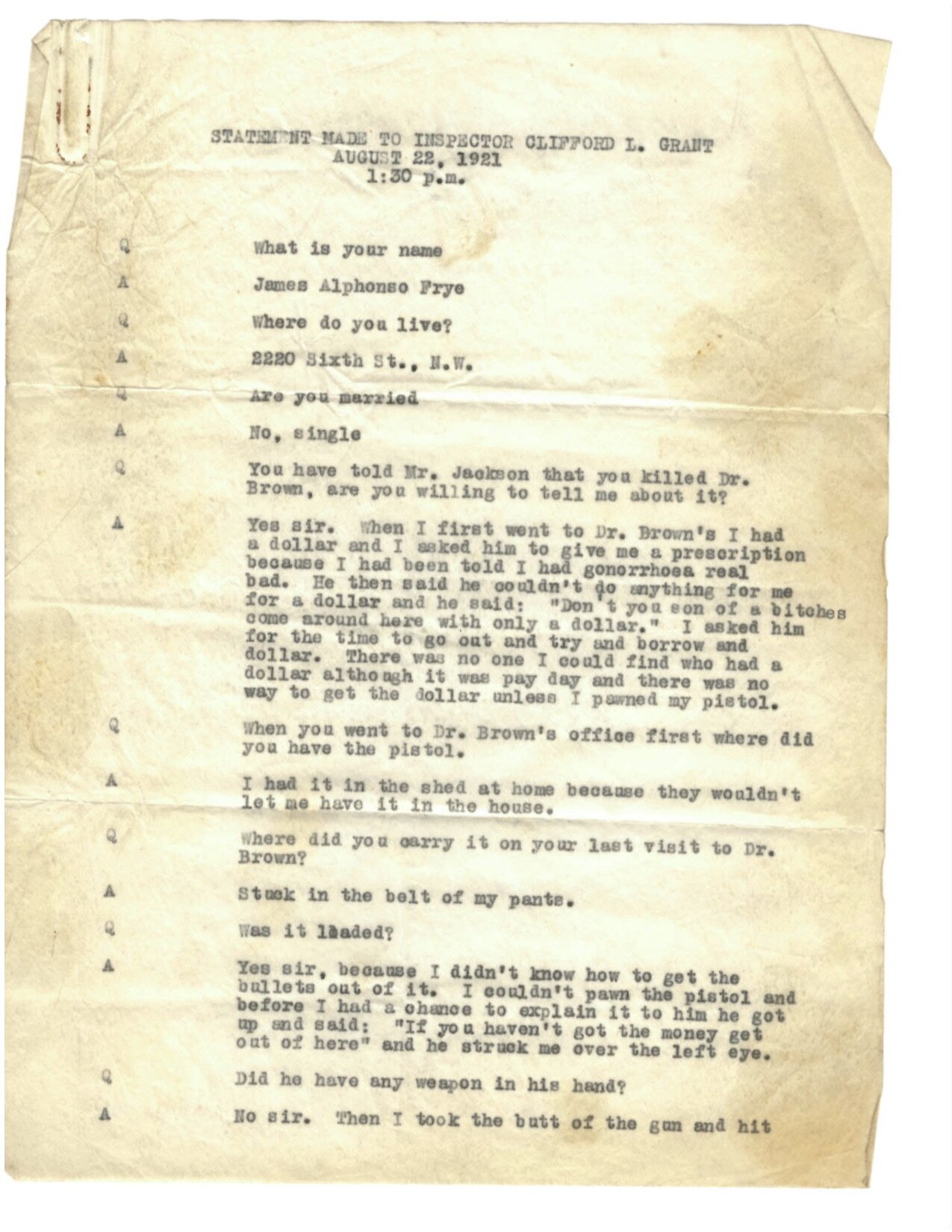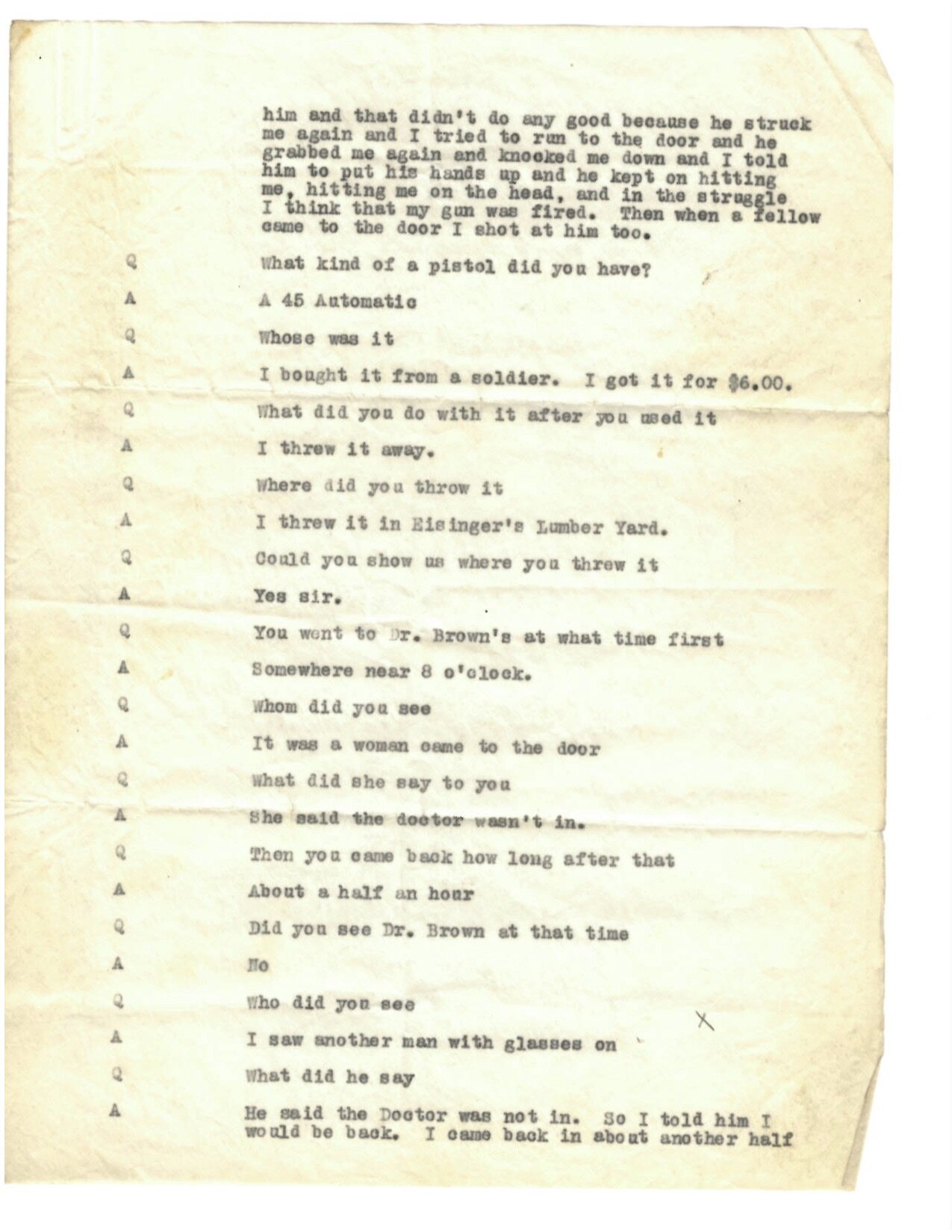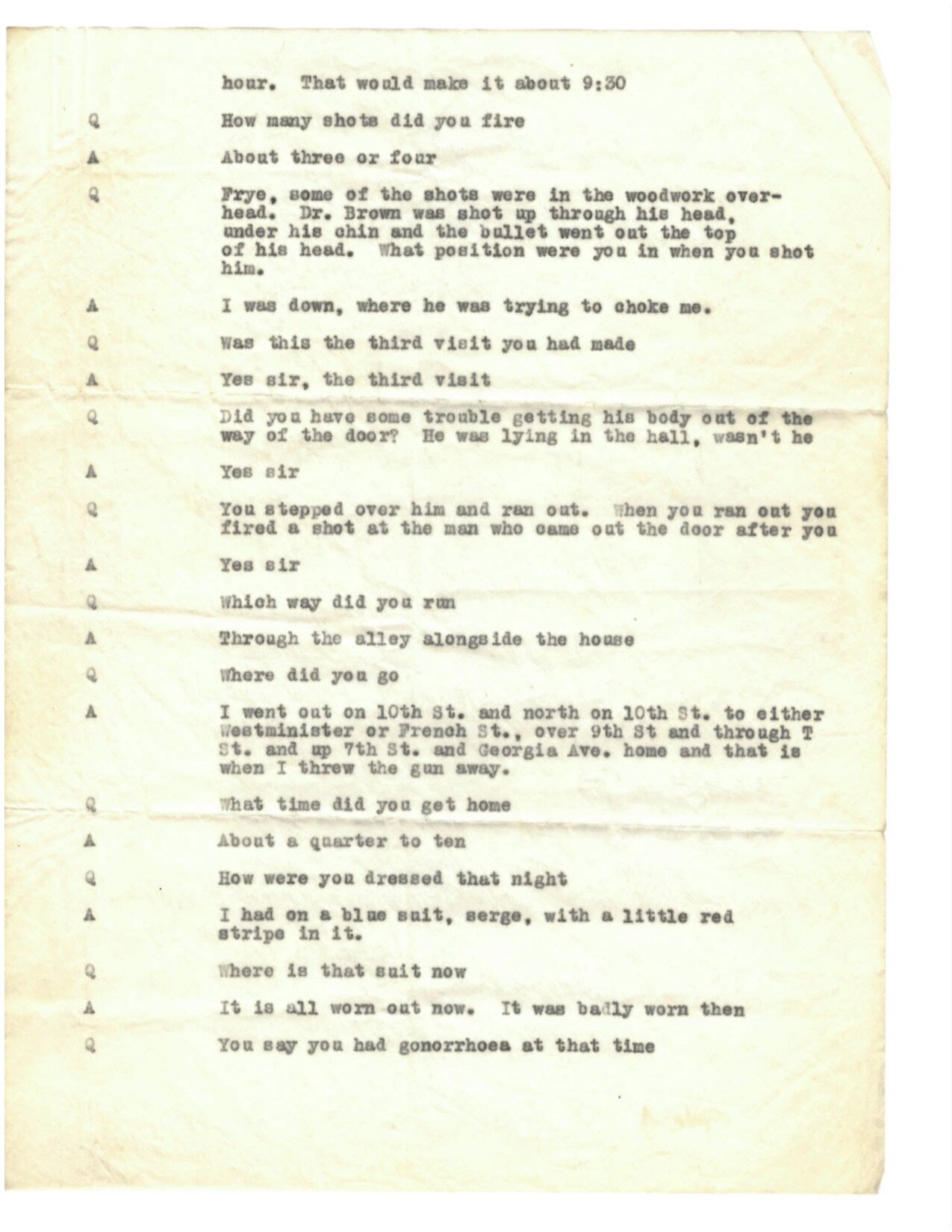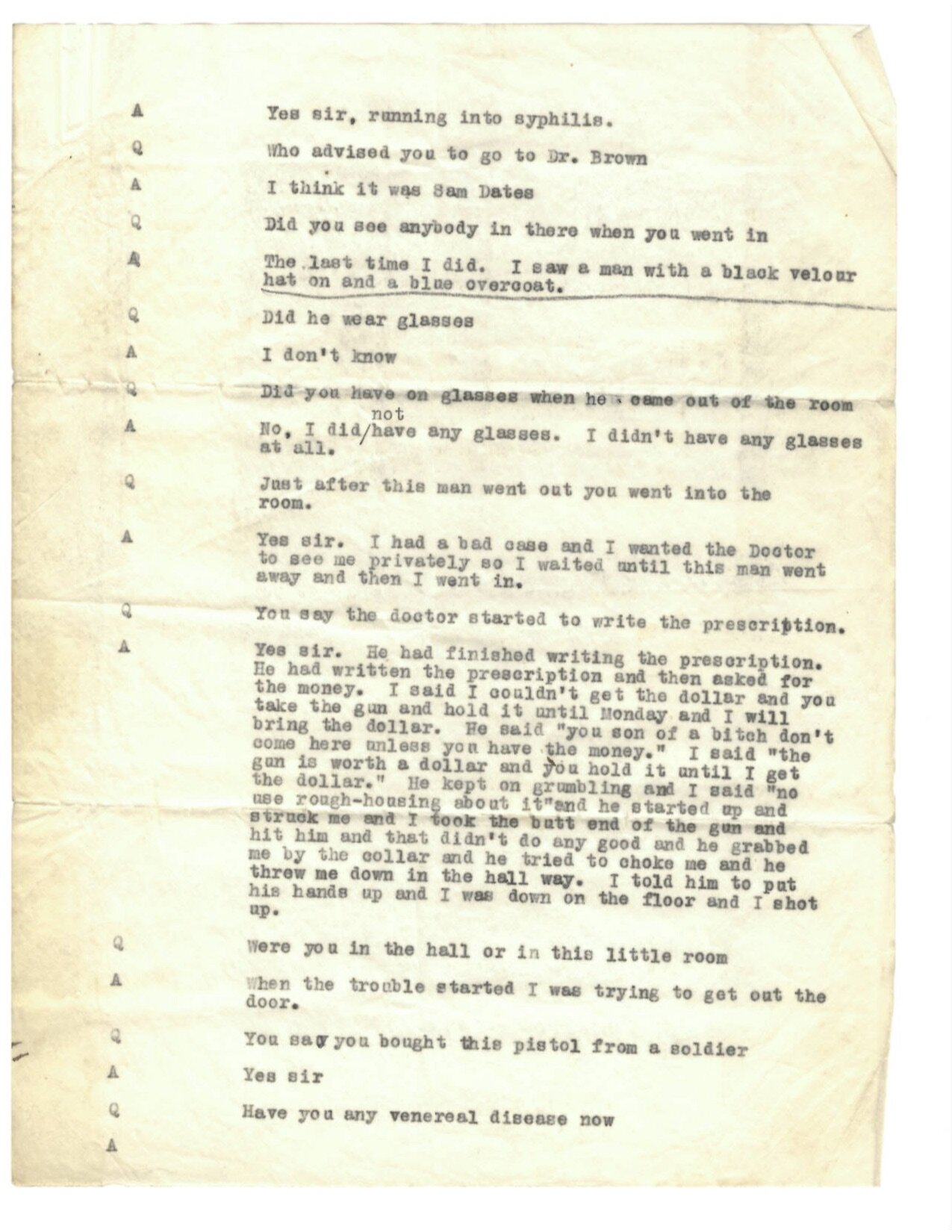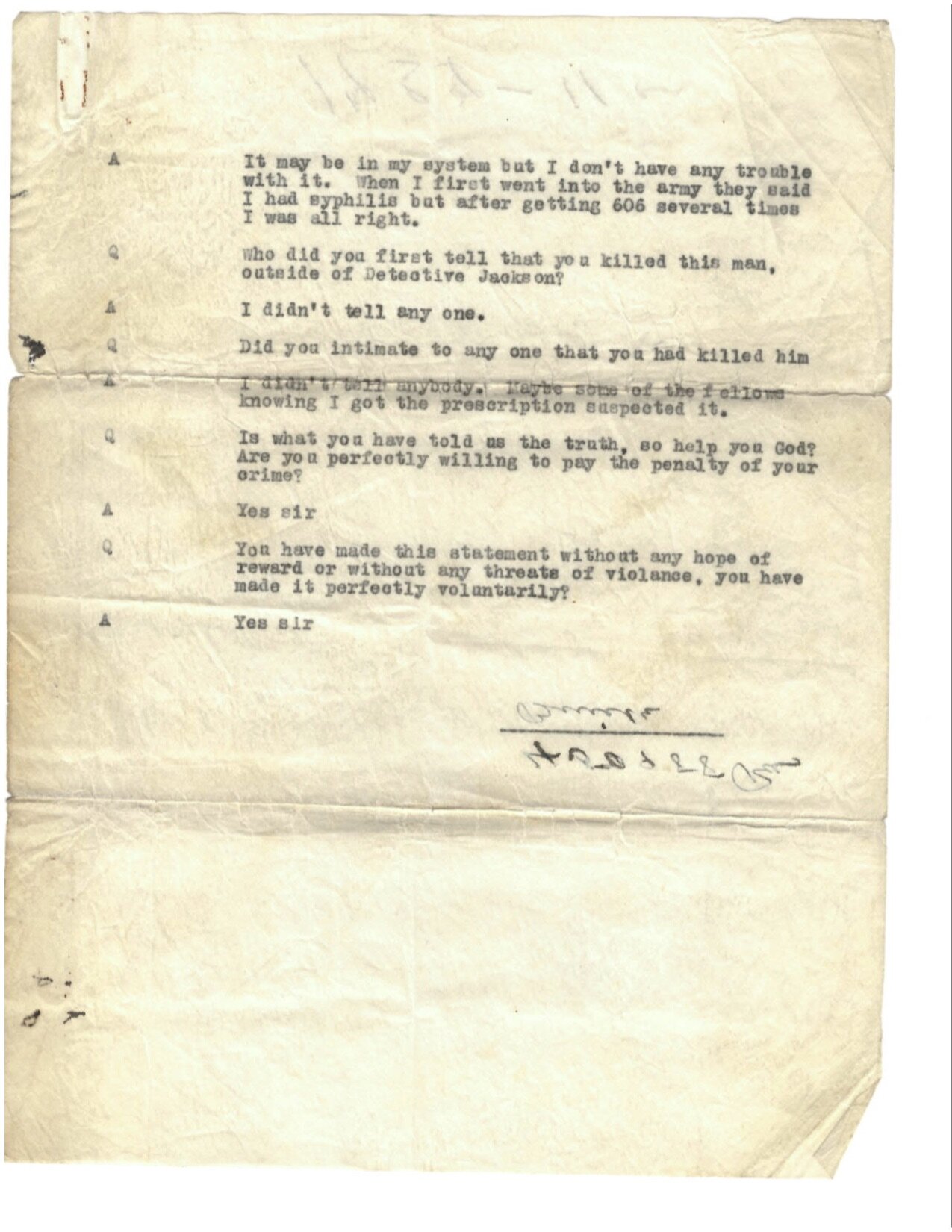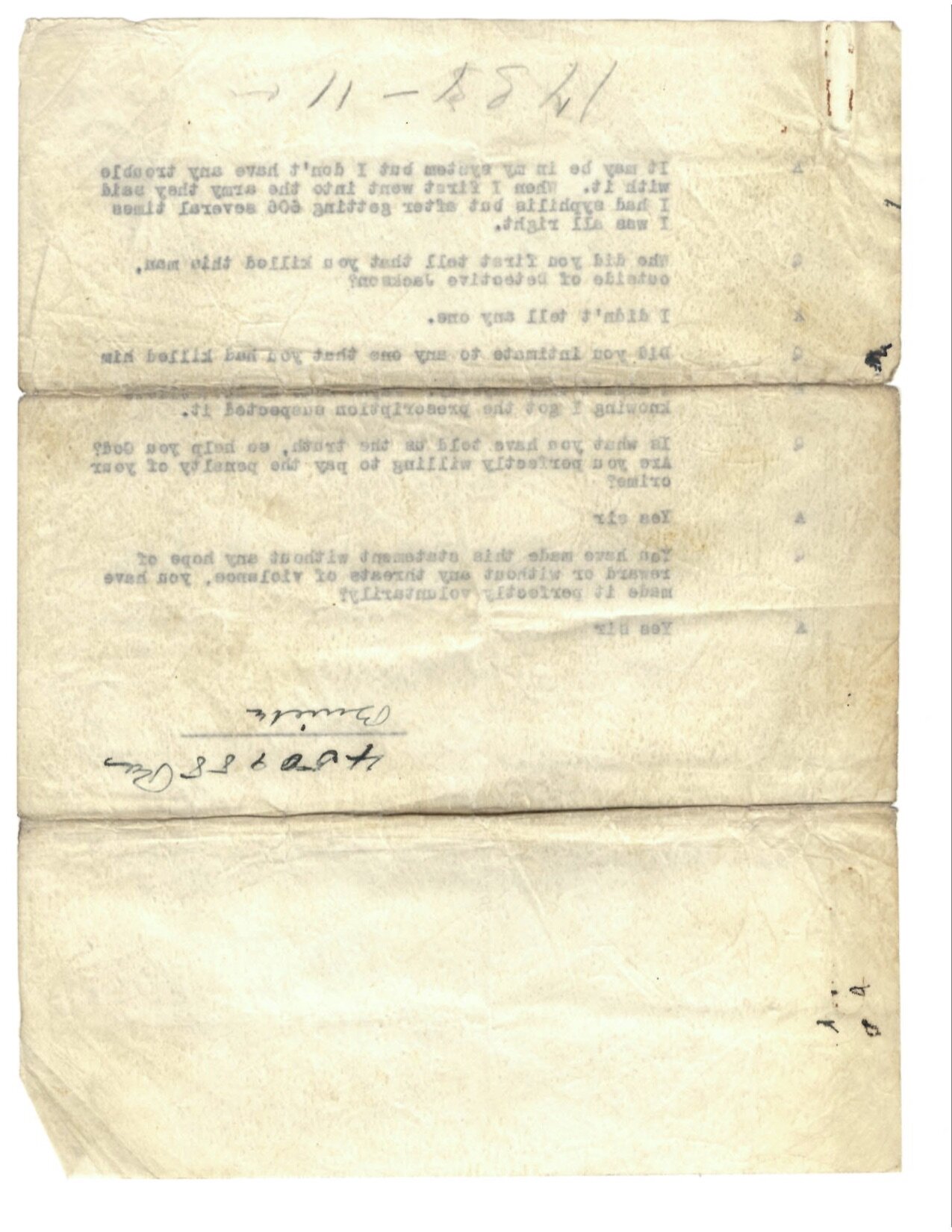Episode 10: Tomorrowland
All season long,
we’ve been asking a big question: Who killed truth? The answer has to do with a change in the elemental unit of knowledge: the fall of the fact, and the rise of data. So, for the last chapter in our investigation, we rented a cherry red convertible, and went to the place all the data goes: Silicon Valley. In our season finale, we reckon with a weird foreshortening of history, the fussiness of old punch cards, the unreality of simulation, and the difficulty of recording audio with the top down on the 101. Hop in.
Image: Two men examine the Westinghouse Time Capsule set to be buried at the 1939 World’s Fair. Getty Images.
Key Sources:
We dramatized a story called, “The Warning from the Past,” which was published in the magazine Thrilling Wonder Stories in 1939. Go to page 34 to read it.
We used clips from this 1939 film about the Westinghouse Electric Company’s time capsule, the contents of which can be viewed here.
Read the New York Times’ 1961 coverage of Simulmatics via their Times Machine (not to be confused with the Internet Archive’s Wayback Machine, also covered in this episode).
Witness Eugene Burdick taking aim at the Simulmatics crew in his novel, The 480, which is also available on the Internet Archive.
Play Watch Dogs 2. Or watch The Streets of San Francisco...or recall the glories of Midtown Madness...or, maybe, listen to old episodes of The Last Archive while we cook up some new ones for you?
Learn more about Jill’s new book about the Simulmatics Corporation, IF THEN.












